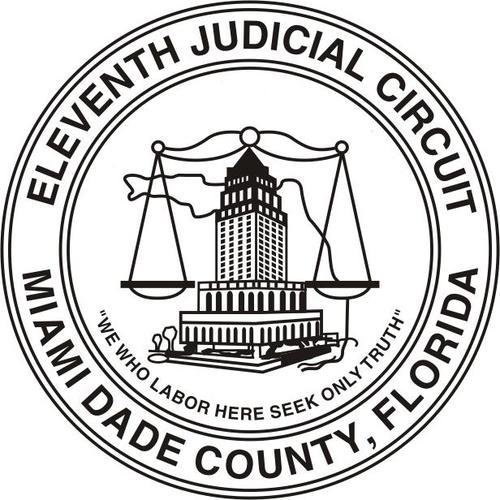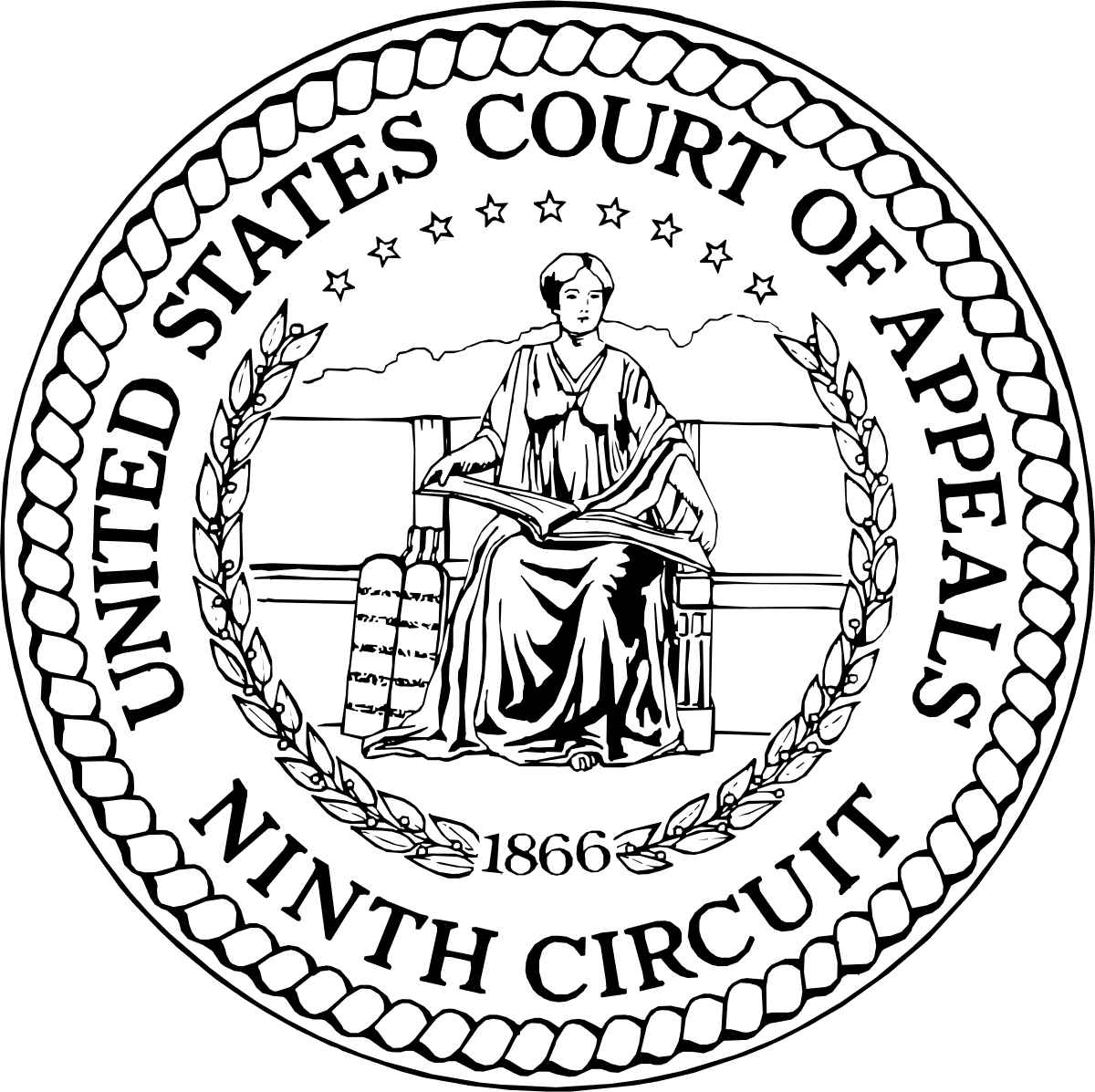The curious case of Florida’s death penalty law. The role of the jury takes the first steps towards a softer approach to the most cruel criminal sanction
in Giurisprudenza Penale Web, 2016, 5
In the early part of this year, the American State of Florida has hit the headlines for a series of judicial and legislative actions, with specific regard to the procedure to adjudicate the death penalty. Within few months, federal and state courts have in fact ruled Florida law unconstitutional, and the State Senate passed an amendment in the attempt to cope with such declarations.
The present contribution briefly analyses the mentioned changes, with a view to assessing the current legal framework as well as the social perception over the most severe penalty.
1. The criminal proceedings for death sentence in Florida
Florida is amongst the American States permitting a punishment of death for a person convicted of a capital felony.
Insofar as the proceedings on the matter are concerned, two separate phases of sentencing are set forth in Florida Statute § 921.141. By the first one, best-known as the guilt phase, the judge and jurors must ascertain and rule upon the defendant’s guilt or innocence for capital felonies. In case of conviction or adjudication of guilt, the so called penalty phase is initiated, whereby the judge and jurors are called upon to decide whether to impose life imprisonment or death.
Until January 2016, the two procedures differed in two fundamental aspects: 1) whereas in the guilt phase the jury had to hold its verdict unanimously, the sentence to death only required the majority; 2) while in the guilt phase the jury rendered a binding decision, in the penalty procedure its verdict was only advisory, meaning that the judge had the power to independently override it.
However, in January 2016 the Supreme Court of the United States held Florida’s capital sentencing scheme violates the US Constitution, and hence declared it unconstitutional.
2. The case of Hurst v. Florida and the subsequent amendments of the Statute
The mentioned decision by the US Supreme Court, named Hurst v. Florida and rendered on 12 January this year, ruled upon a case of first-degree murder. In particular, both First Instance and Appeals judges sentenced the defendant to death, independent from the jury’s advisory verdict, as prescribed by Florida Statute § 921.141(2).
Mr Hurst filed a petition to the Supreme Court, seeking judicial review through the issue of a Writ of Certiorari, arguing the advisory verdict by the jury in the penalty phase is in breach of the Sixth Amendment to the US Constitution. (6th Amendment: “In all criminal prosecutions, the accused shall enjoy the right to a speedy and public trial, by an impartial jury of the State and district wherein the crime shall have been committed, which district shall have been previously ascertained by law, and to be informed of the nature and cause of the accusation; to be confronted with the witnesses against him; to have compulsory process for obtaining witnesses in his favor, and to have the Assistance of Counsel for his defence”)
The US Supreme Court preliminarily noted that the right enshrined in the 6th Amendment “requires a jury, not a judge, to find each fact necessary to impose a sentence of death [and] that a jury’s mere recommendation is not enough”. To a further extent, the Court found that “Florida does not require the jury to make the critical findings necessary to impose the death penalty. Rather, Florida requires a judge to find these facts”.
By so reasoning, the Supreme Court finally declared Florida Statute § 921.141 unconstitutional.
Following that decision, in March this year the Florida Senate passed amendment HB 7101, whereby the role of the jury was significantly reshaped.
For what is at stake here, the new law now requires juries to determine the existence of aggravating factors, if any, in the penalty phase of capital cases, in so making the jury’s sentence an actual binding verdict. At the same time, the majority for sentencing also has been revised, the amendment currently requiring at least 10 out of 12 jurors to support a recommendation of a sentence of death.
3. the ruling by the Florida State Court
Soon after the mentioned legislative measures, another Floridian citizen charged with first-degree murder filed a petition to the Circuit Court in Miami-Dade County, claiming the State law as lately amended is in breach of the Florida Constitution.
Such claim for unconstitutionality was based on the assumption by the applicant that one cannot be put to death upon a less-than-unanimous verdict. In other words, a death sentence ruled by majority, however qualified the latter, is not enough.
Called upon to decide over the matter, the State Court quoted extensive law, doctrine and jurisprudence of Florida and came to the preliminary conclusion that “unanimity of verdicts has always been part of Florida’s common law”. Put it simply, anytime a Floridian legal text refers to a jury’s verdict, it also implicitly hints at the unanimity of such verdict.
The State judge further noted that the jury’s advisory verdict, as set forth in the previous version of Florida Statute § 921.141, did not pose any need of unanimity, because it was nothing but a straw poll, per se insufficient to support an order of judgement and sentence. On the contrary, the subsequent amendment does not call the jury for a straw poll anymore, but rather for an actual verdict, in so indeed requiring unanimity.
As a conclusion, on 9 May 2016 the Circuit Court found a twofold violation of the Florida Constitution. Both Articles I§16(a) and I§22 ensure in fact the right to be judged by an impartial jury, and thus impose a jury’s decision be held unanimously. Hence, Florida Statute § 921.141 has again be declared unconstitutional.
4. Conclusion
Although the death penalty is still today a milestone of American penal law (37 out of 50 States currently apply it), the latest decisions by the state and federal courts, as hereby described, show a different and more libertarian approach.
As a matter of facts, a sentence to death is now seen as the extrema ratio of the criminal system, to the extent that it requires a binding and unanimous verdict of the jury.
Such conclusion, although far from abolitionism, may indeed be considered as a first step towards a softer approach to the most cruel criminal sanction.









